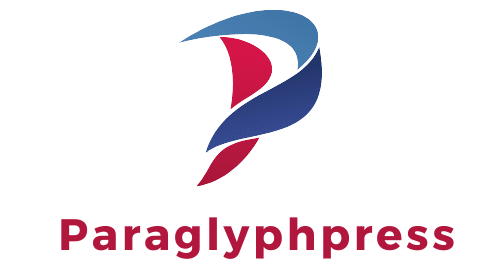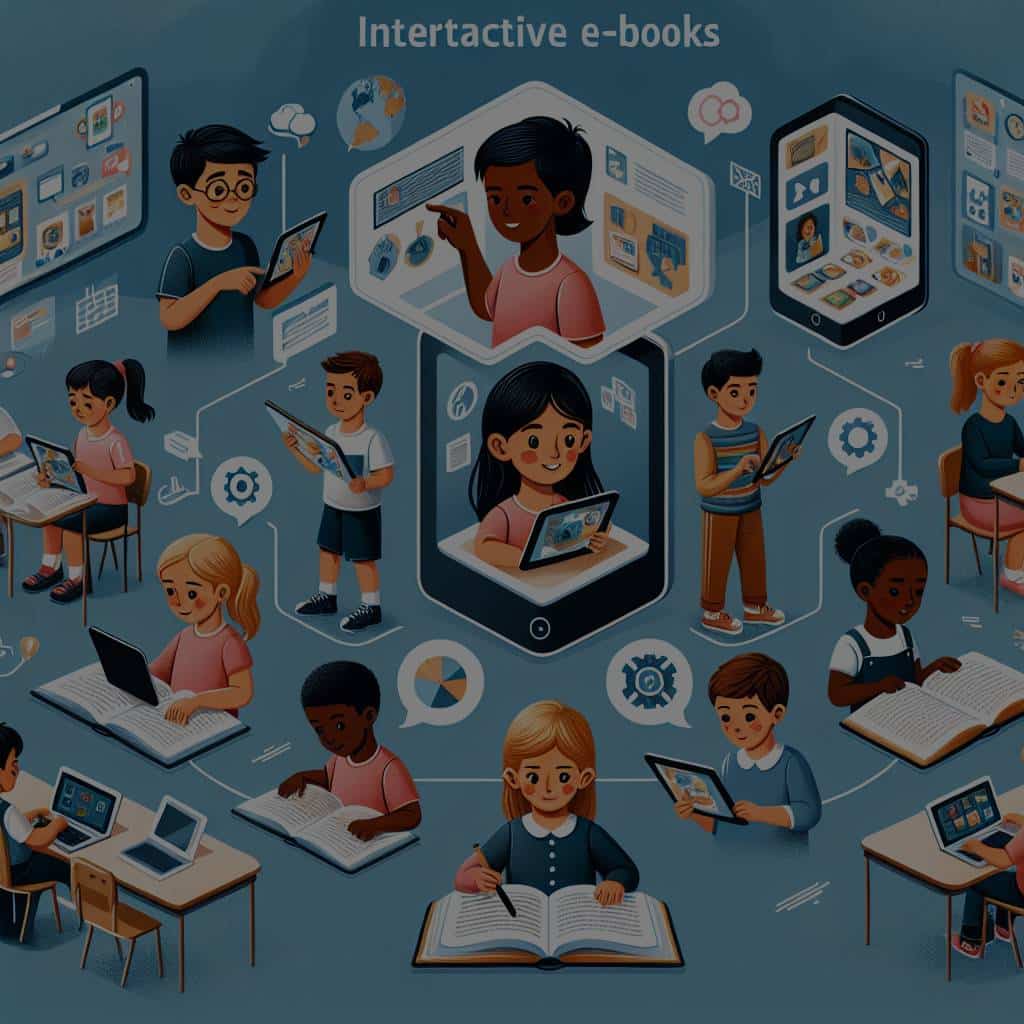Interactive e-books have emerged as a major component in the digital revolution, transforming how we convey and receive information. This article explores the significant role of interactive e-books in the UK’s educational curriculum, particularly for young learners. Let’s delve into this intriguing subject, examining the benefits and challenges, the impact on literacy, and how teachers and schools are integrating this technology into their teaching strategies.
The Benefits of Interactive E-books in Learning
Interactive e-books are revolutionizing the learning experience for students across the UK. This digital solution provides a vast array of benefits, creating a dynamic and engaging educational environment.
Also read : How does the UK’s aging population affect urban planning and infrastructure?
Interactive e-books allow learners to connect with content on a whole new level. They provide interactive features such as videos, quizzes, and animations, which can enhance understanding and make learning fun. For young learners who are digital natives, this format could be more engaging than traditional books.
Moreover, interactive e-books can support individual learning styles. Some students are visual learners, while others learn best through auditory or kinesthetic methods. Interactive e-books offer multimedia features that cater to all these learning styles, increasing engagement and comprehension.
This might interest you : How does peer-to-peer energy trading work within UK’s power grid?
Furthermore, interactive e-books offer convenience. They are portable and can be accessed anytime, anywhere. This also makes them particularly suitable for remote learning, which has become increasingly prevalent due to recent global events.
The Challenges of Implementing Interactive E-books in Teaching
Despite the numerous benefits, the transition from traditional books to interactive e-books is not without challenges. It’s important to acknowledge these issues to better understand the role of interactive e-books in the UK’s educational curriculum.
One of the biggest hurdles is digital literacy. Not all learners and teachers are comfortable with technology. For some, navigating an interactive e-book can be a daunting task. Schools need to provide adequate training for both students and teachers to ensure they can effectively use these resources.
Another challenge is the digital divide. Access to technology is not equal among all students. Some may not have the required devices or a stable internet connection, making it difficult for them to use interactive e-books. This issue needs to be addressed to ensure that the use of interactive e-books does not exacerbate educational inequalities.
There are also concerns about screen time. Many parents and educators worry about the effects of too much screen time on children’s health and wellbeing. Balancing the use of interactive e-books with other forms of learning and play is crucial.
The Impact of Interactive E-books on Literacy
Research has shown that interactive e-books can boost literacy skills, particularly among young learners. In this section, we look into how these digital tools can enhance reading and comprehension skills.
Interactive e-books often come with features such as read-aloud, word highlighting, and built-in dictionaries. These features can support literacy development, helping children to pronounce words correctly, understand the meaning of unfamiliar words, and follow the text as it’s being read.
Furthermore, interactive e-books can make reading more appealing to reluctant readers. The interactive elements can motivate children to read more and explore different genres.
However, some studies suggest that the interactive features of e-books can also be a distraction. It’s important for teachers and parents to guide young learners on how to use these features effectively, ensuring they enhance rather than hinder reading comprehension.
Integrating Interactive E-books into Teaching Strategies
Teachers play a pivotal role in integrating interactive e-books into the school curriculum. They need to carefully select appropriate e-books, guide students on how to use them effectively, and align them with the learning objectives.
Teachers can use interactive e-books as a tool for differentiation. They can assign different books or activities to students based on their individual needs and abilities. This personalized approach can help each student to reach their full potential.
Moreover, interactive e-books can promote collaborative learning. They often include features that enable students to share notes and discuss ideas. This can foster a sense of community among learners, enhancing their communication and teamwork skills.
Furthermore, teachers can use interactive e-books to flip the classroom. They can assign the reading as homework, and then use class time for discussions and activities that deepen understanding. This approach can create a more active and student-centered learning environment.
Outlook: Interactive E-books in the Future of UK Education
Interactive e-books are undoubtedly reshaping the learning landscape in the UK. With the continuous advancements in technology, it’s expected that these digital tools will play an increasingly important role in education.
As we move towards a more digitalized and personalized learning experience, interactive e-books can offer a flexible and engaging solution. They can cater to the diverse needs and preferences of learners, making education more inclusive and accessible.
However, it’s important to keep in mind that interactive e-books are not a standalone solution. They should be integrated into a balanced educational approach that includes traditional books, hands-on activities, and face-to-face interactions. This multifaceted approach can ensure that all learners develop the skills they need to thrive in the 21st century.
As the integration of interactive e-books into the UK’s educational curriculum continues, ongoing research and evaluation will be crucial. This will help to identify best practices, address challenges, and ensure that this technology truly benefits learners. The future is indeed exciting, and interactive e-books are set to play a significant part in it.
Evaluation of the Effectiveness of Interactive E-books
Evaluating the effectiveness of interactive e-books necessitates a detailed analysis of their impact on learners’ achievements. Several studies, available on platforms like Google Scholar, have focused on this aspect, providing insightful results that underline the potential of this digital technology.
Research has indicated that interactive e-books can significantly improve literacy skills, particularly in young children. Through the integration of visual and auditory cues, these digital tools can enhance reading comprehension, providing a richer and more engaging experience compared to printed books. For instance, an open separate window with a glossary or a supplementary video can help clarify difficult concepts, fostering a deeper understanding.
However, reviews and meta-analysis studies have also highlighted the need for a balanced approach when using interactive e-books. While these resources can be beneficial, over-reliance on them could lead to a lack of engagement with printed books, which still hold value in the learning-teaching process.
The effectiveness of interactive e-books does not lie solely in the technology itself, but mostly in how it is used. Teachers play a crucial role in guiding learners on how to use these resources effectively, ensuring they enhance, rather than hinder, learning outcomes.
In a study comparing a control group using only print books and another using interactive e-books, it was found that while the digital group showed improvement in early literacy skills, the control group also maintained strong reading abilities. This implies that a blend of traditional and digital learning strategies can produce the most favorable outcomes.
Conclusion: Towards a Balanced and Inclusive Learning Approach
Interactive e-books are undeniably revolutionizing the landscape of education in the UK, and globally. They provide an engaging, flexible, and accessible learning solution, catering to the diverse needs of today’s digital generation.
However, it is important to understand that interactive e-books are not a replacement for printed books or traditional teaching methods. They are, instead, a valuable addition to a balanced educational toolkit that includes disparate methods, such as hands-on activities, face-to-face interactions, and book interventions.
In summary, the incorporation of interactive e-books into the UK’s educational curriculum should be done thoughtfully and strategically. The digital divide, digital literacy, and screen time concerns should be addressed to ensure equal access and effective use of these resources.
With the continuous advancements in digital technology, the role of interactive e-books in education is expected to grow. Future research, ongoing evaluation, and refinement of strategies will continue to shape the optimal use of these digital tools in classrooms, making education a more enriching and inclusive journey for all learners.
In this digital age, there is no doubt that interactive e-books are here to stay. Used appropriately, they can significantly enhance learning outcomes, making them an integral part of the future of education in the UK. But underlining all this progress, we must remember that the ultimate goal of education is to empower learners, foster lifelong learning, and prepare them for a rapidly changing world. That’s a goal that transcends any particular tool or technology.






